Paris 1824 - 1888
Preparatory study in red chalk for the painting "The Bathers" or "Summer Bathing in Pompeii" dated 1875
Red chalk
1875
50 x 32 cm in sheet
62.5 x 43 cm framed
Signed lower left
Flat frame in gilded wood, late 19th century
Our red chalk is a preparatory drawing for the painting "The Bathers" or "Summer Bathing in Pompeii" dated 1875 and sold at Sotheby's in 2000 for 166,011 euros (See photos).
Gustave Boulanger is a French painter of Creole origin. Orphaned at the age of fourteen, he was adopted by his uncle, a civil servant in Santo Domingo. The young artist studied with Paul Delaroche, where he met Jean-Louis Hamon, Henri Picou and Jean-Léon Gérôme, with whom he developed the "neo-Greek" movement. Back in Paris, he entered the École nationale supérieure des beaux-arts in 1846 and became a student of Paul Delaroche and Pierre Jollivet. He won the Prix de Rome in 1849. He began his career with paintings of antique and orientalist subjects, still influenced by the academic style of Jean Auguste Dominique Ingres and his students, before joining the "neo-Greek" movement, which offered a sensual and anecdotal vision of these subjects, far from the moralizing, austere or overly historical aspects of neoclassicism. This style offered mythological subjects as a pretext for the representation of partially naked but chaste female figures. This seductive and decorative aesthetic corresponded to the bourgeois tastes of the Second Empire in France. During his career, Gustave Boulanger also received many prestigious commissions to decorate public buildings. He notably created the decor of the Foyer de la danse at the Paris Opera and part of the decor of the Monte-Carlo Opera.





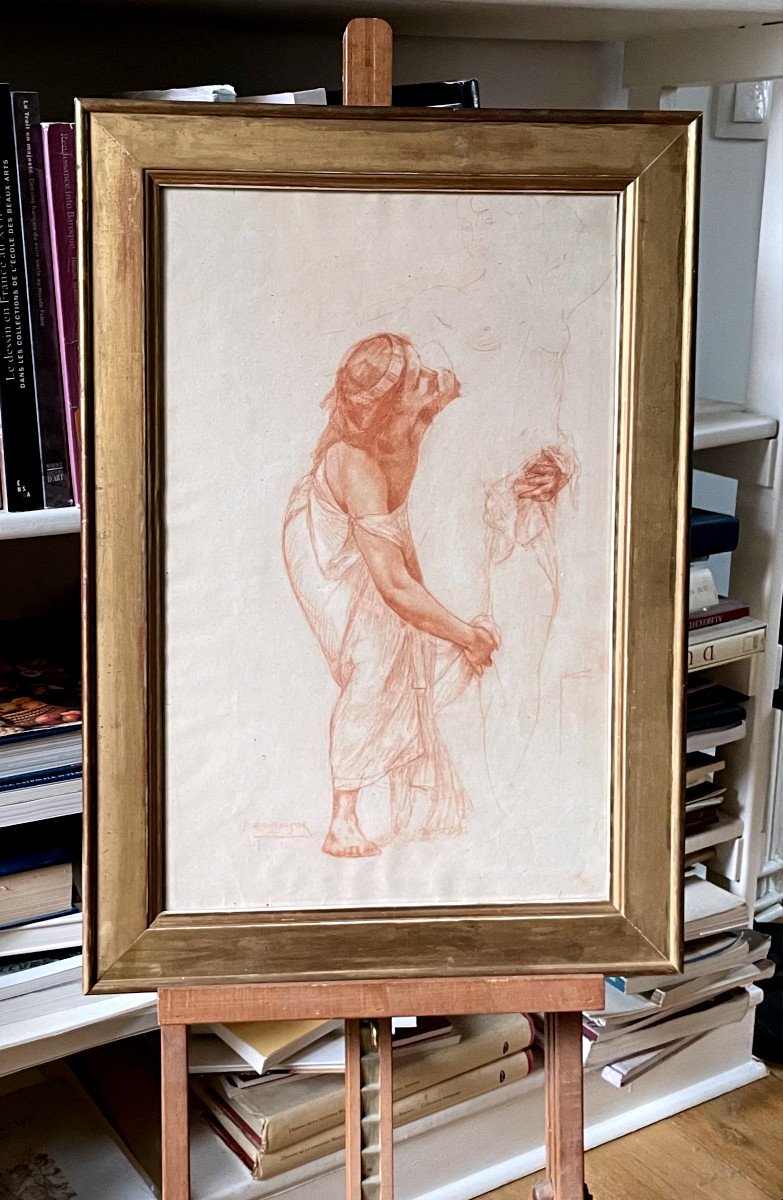











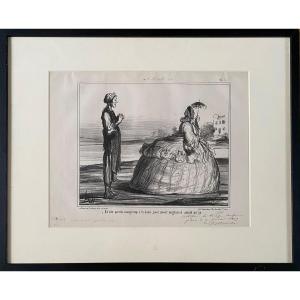
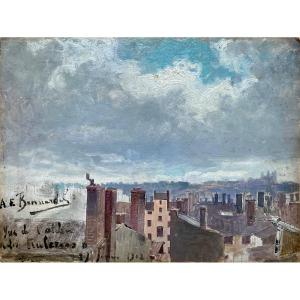





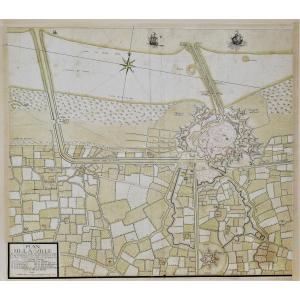
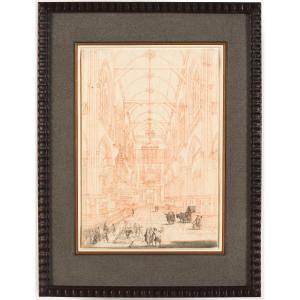
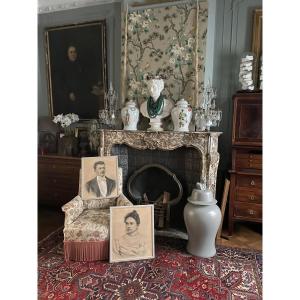



 Le Magazine de PROANTIC
Le Magazine de PROANTIC TRÉSORS Magazine
TRÉSORS Magazine Rivista Artiquariato
Rivista Artiquariato
